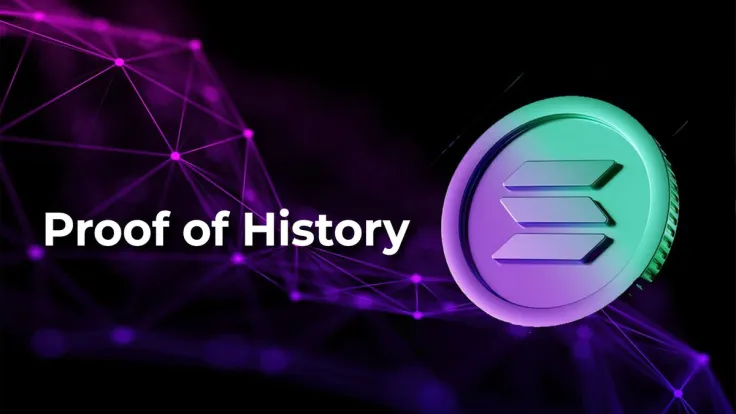
Disclaimer: The opinions expressed by our writers are their own and do not represent the views of U.Today. The financial and market information provided on U.Today is intended for informational purposes only. U.Today is not liable for any financial losses incurred while trading cryptocurrencies. Conduct your own research by contacting financial experts before making any investment decisions. We believe that all content is accurate as of the date of publication, but certain offers mentioned may no longer be available.
Solana (SOL) is considered one of the fastest cryptocurrencies on the crypto market. The scalability of its blockchain comes from its hybrid consensus model of proof of stake (PoS) and proof of history (PoH). PoS is already well known in the blockchain industry, but what about PoH? Do you know what this consensus model is?
When Solana's network is not paralyzed or being hard-pressed by some NFT games, it can show great scalability, solving one of the great annoyances of crypto investors.
The need for a fast network increases every day with the arrival of new users to this market, and the consensus model of each cryptocurrency is responsible for ensuring that the altcoin does or does not conform to this demand.
Proof of history, the consensus idea introduced by Solana, may be able to provide this functionality, as it allows faster processing times and lower transaction costs than older consensus models.
Learning about proof of history
PoH is cryptographic proof of historical events. It creates a historical record to prove that an event occurred at a specific time.
Through proof of history, you do not have to rely on a transaction "stamp" because you can just prove that the transaction took place sometime before and after an event.
In addition, all computers validating Solana transactions do not have to communicate to reach a consensus, making the entire transfer process faster.
PoH nodes have their own internal clock that checks events and the passage of time.
By sorting transactions on SOL's network, proof of history can prove that each validator has waited the correct amount of time to create a new block.
PoH still needs evolving
Even with the benefits that the new consensus model offers for Solana, it has not yet passed the test of time and has not shown as much efficiency when the cryptocurrency network has gone through times of pressure.
In 2021, for example, the release of the NFT game SolChicks happened. The game's community was really excited about its arrival, and this caused a race to get the game token to begin.
This factor contributed to the transaction congestion that Solana was already experiencing before its launch. On Dec. 12, 2021, the altcoin network, which was supposed to support more than 2,000 transactions per second, was processing less than 500.
Centralization can also be a defect of this consensus. Just as an example, if you want to be a Solana validator, you need hardware that meets strict requirements. If you cannot, you are out of the process.
This causes the limitation of the decentralization of crypto, something that is proven by the small number of validators on the SOL network.
 Dan Burgin
Dan Burgin Vladislav Sopov
Vladislav Sopov U.Today Editorial Team
U.Today Editorial Team